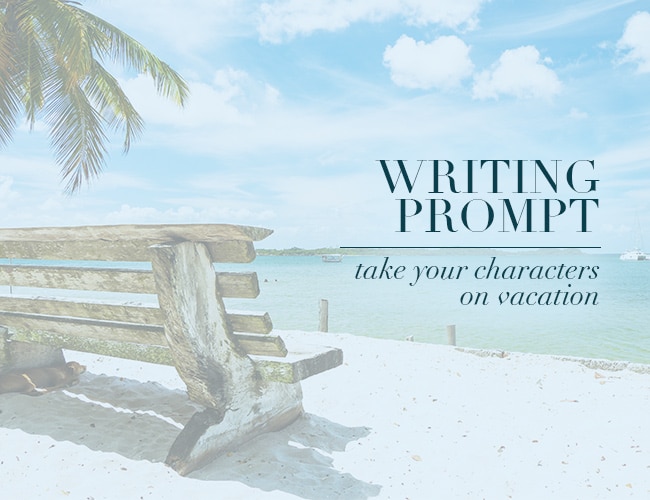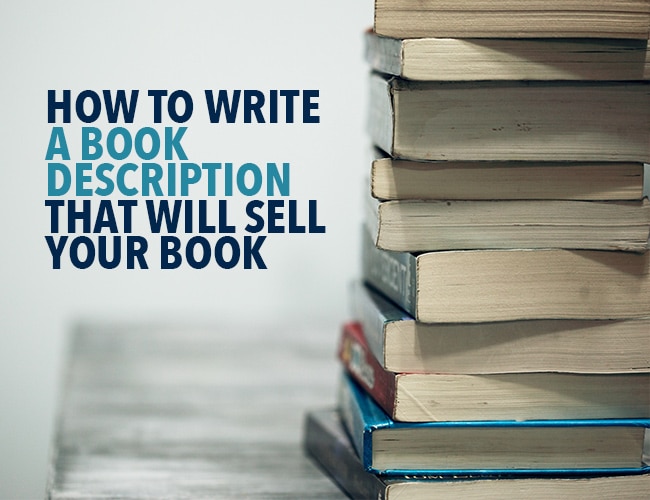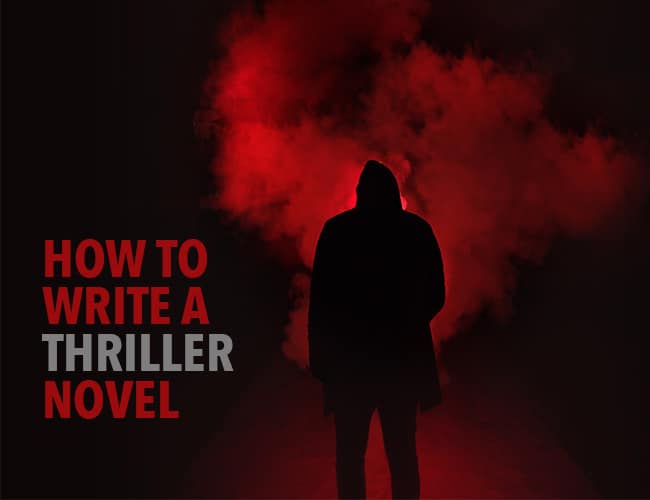While many novels and stories are set in a vacation location, you can take your character on vacation just to see what they are made of. Vacation can be frightfully stressful and reveals much about us as people. It can do the same for your character. Try it out with this writing prompt.

Vacation. Just thinking about it makes me exhale deeply, whether it’s relaxing on a beach, hiking on a mountain trail, or traveling on an exciting adventure. When we go on vacation, we want something specific from the experience.
But how many times have you been on a vacation that turned stressful due to people, miscommunication, or difficulty? It happens almost every time, and how we handle it reveals our often unstated expectations, as well as who we are as people.
The same is true for our characters. For this writing prompt, let’s take a character on vacation and see what he’s made of.
Choose a destination
First, think about where your character would go on vacation for the time of year and stage of life. Where would he or she choose and why? The answer reveals clues to personality and worldview.
Some might stay home with the phone and internet off watching television. Others might book a cruise to the Bahamas. Some might pack up their camping supplies and head to the nearest woods.
The destination reveals so much about the character because it’s embedded with information. How much money does she have to spend on the trip? How much time can he take off work? Who will go with him? Why would she choose a cruise over a trip to Napa Valley?
Once you pick a destination, get more specific. If booking a cruise, which type and length? What time of year? If camping, how spare will his set up be? Will it all fit on his back or is he hauling a trailer and generator along?
All those specific details create a better picture of the character.
Choose expectations
Now that you know where your character is going you can choose expectations. Everyone has expectations when they go on vacation, even when they’re implicit. For story, we know that these expectations are not going to be met, at least not in the way the character hopes.
Is the character headed out on a cruise secretly hoping to have a fling at sea? Is the camper expecting to be alone and uninterrupted in the woods? Does the character who vacations at home hope no one realizes they are home?
Consider expectations on at least three levels: personal, social, and locational.
Personal expectations include how they want to feel (relaxed, exhilarated, peaceful, rested). Social expectations include the level and quality of interactions they expect to have with people. If the character hopes their family will get along perfectly on the trip, well, good luck.
Finally, what does the character believe or hope will happen because of the location of the vacation? My expectations of a tent in the woods are much different than for a balconied stateroom on a luxury liner.
Choose complications
Now for the fun part of this writing prompt: complications. (Note: in real life, this is not the fun part until you’re reminiscing a year later, still in disbelief.) If you’ve listed details about the character’s personal, social, and locational expectations, you have several points of entry to create complications and conflict for your story.
Depending on the length of your story, you can choose a complication for each of those three areas.
For example, maybe your character heads to the restorative woods to camp (locational) because he believes it will help him relax (personal), while he avoids people (social). To complicate it, have it rain, making all aspects of outdoors life more difficult, or send a bear after his food. Both of these complications make the location challenging.
If he’s trying to avoid people, his trip could be interrupted by an impromptu senior class camp trip, with the woods overrun by graduates disrupting his solitude and plans.
For our cruising friend, maybe money was an issue and she found a great deal on a last minute cruise, hoping for a hot, young vacation fling to help her get over her ex. When she arrives at the boat, she discovers it’s a granny fitness cruise and she’s the youngest by thirty years.
Choose complications that push the character’s emotional state to reveal who they are.
Make characters act their way home
If you’ve ever had your vacation expectations thwarted (and who hasn’t), then you know we all push through and return home better or worse for the experience. For your story though, make sure you character fights against those complications before they pack up to come home.
The camper could stake out his campsite with rope to keep the wild kids at bay, or hike further into unknown territory to escape them, getting lost in the process. The cruiser could resolve to eat alone in her room and avoid all eye contact until a sassy grandmother latches onto her at the pool and follows her everywhere. How will she treat the woman? What will she do to make it through her vacation?
I have come home more than once from a trip feeling like I needed a vacation to recover from my vacation, and your character will likely feel the same way.
Have you ever had a stressful or unexpected vacation that would make for good fiction? Share in the comments.
PRACTICE
For today’s writing prompt, choose or create a character and take them on vacation. Choose a location, expectations, and complications.
For fifteen minutes, write one scene with your character on vacation and let us see him or her handling the conflict. Share your practice in the comments and leave feedback for your fellow writers to encourage one another!
The post Writing Prompt: Take Your Characters on Vacation appeared first on The Write Practice.
from The Write Practice https://ift.tt/2Nb67iX










































